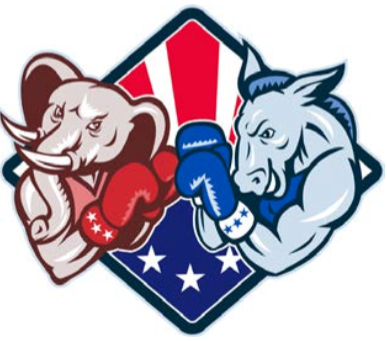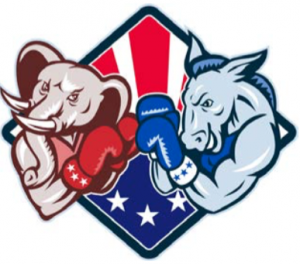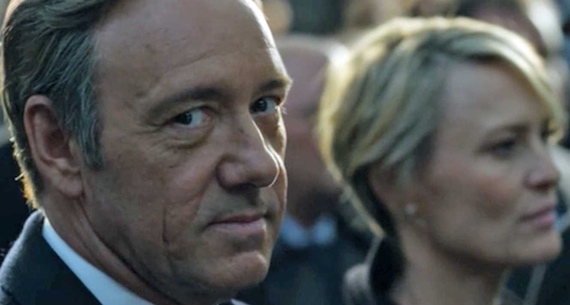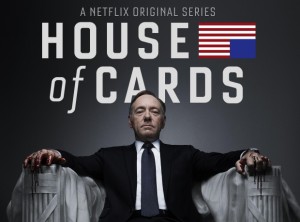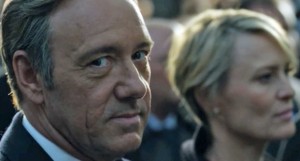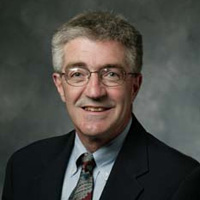By Cirrus Robinson, Transcript Correspondent
Tuition for Ohio’s four-year universities rose by five percent, or by $523, since 2008.
Pressure from college-age voters and paying parents rests on the major 2016 presidential candidates to make shifts in debt percentages and the quality of higher education for future generations.
The elimination of tuition and a utopian future with debt free college is the vision that democratic candidate Hillary Clinton has prided herself on since the beginning of her campaign trail.
Facing much criticism, her administration laid a concrete plan to restore and expand Pell Grants to cover low and middle-class families in their possible debts, set an income requirement for those who would be exempt from tuition costs and to create on-campus work mandates to help relieve the cost of student attendance.
Clinton looks to galvanize millennial voters to get the majority on board with her efforts for college students.
“What we’ve been basically doing on this campus is trying to register voters on campus and make sure they are registered at the right address,” said freshman Evan Williams, a contributor to OWU’s student efforts to increase student participation in the upcoming election.
OWU students seem to favor Clinton or Gary Johnson, Williams said.
“But our real goal is to make sure people have the right address and access to information they need,” he said.”
Republican candidate Donald Trump, however, has made less explicit notions about plans for higher education in terms of finance.
His administration has given few specifics, but hint that his stance during the fall campaign will greatly contrast that of the Clinton campaign in terms of debt free tuition.
He criticizes logical backing for her motives, particularly regarding funding and legislation for loans.
“Many of the ideas on which the Trump campaign is working involve a complete overhaul of the federal student loan system,” wrote Sam Clovis, policy director of Trump’s campaign, for Inside Higher Ed.
“Moving the government out of lending and restoring that role to private banks, as was the case before President Clinton partially and President Obama fully shifted loan origination from private lenders to the government.”
This outline would theoretically allow local banks to lend to students within their geographical reach, and to wield more power in deciding which students are deserving of dollars based on not only their current status, but also what they can hypothetically achieve in the future.
This would likely make loans more exclusive based on degree of need and prospective majors, as it works toward spending less federal money on loans that will not result in economic product.
Gary Johnson, the prospective third party and libertarian candidate, has stressed the elimination of Common Core and a majority of policies that give the federal government access to all standards of education.
He proposes terminating the Board of Education to give both secondary and higher education students the opportunity to be directed and given opportunities locally, rather than under federal mandates.
The upcoming fall election leaves room for all candidates to provide their final thoughts and proposals in the college controversy.


